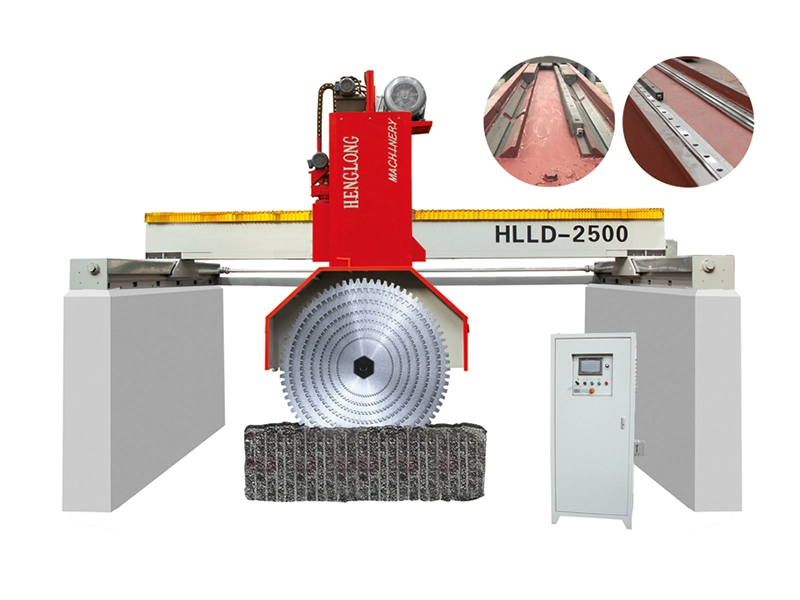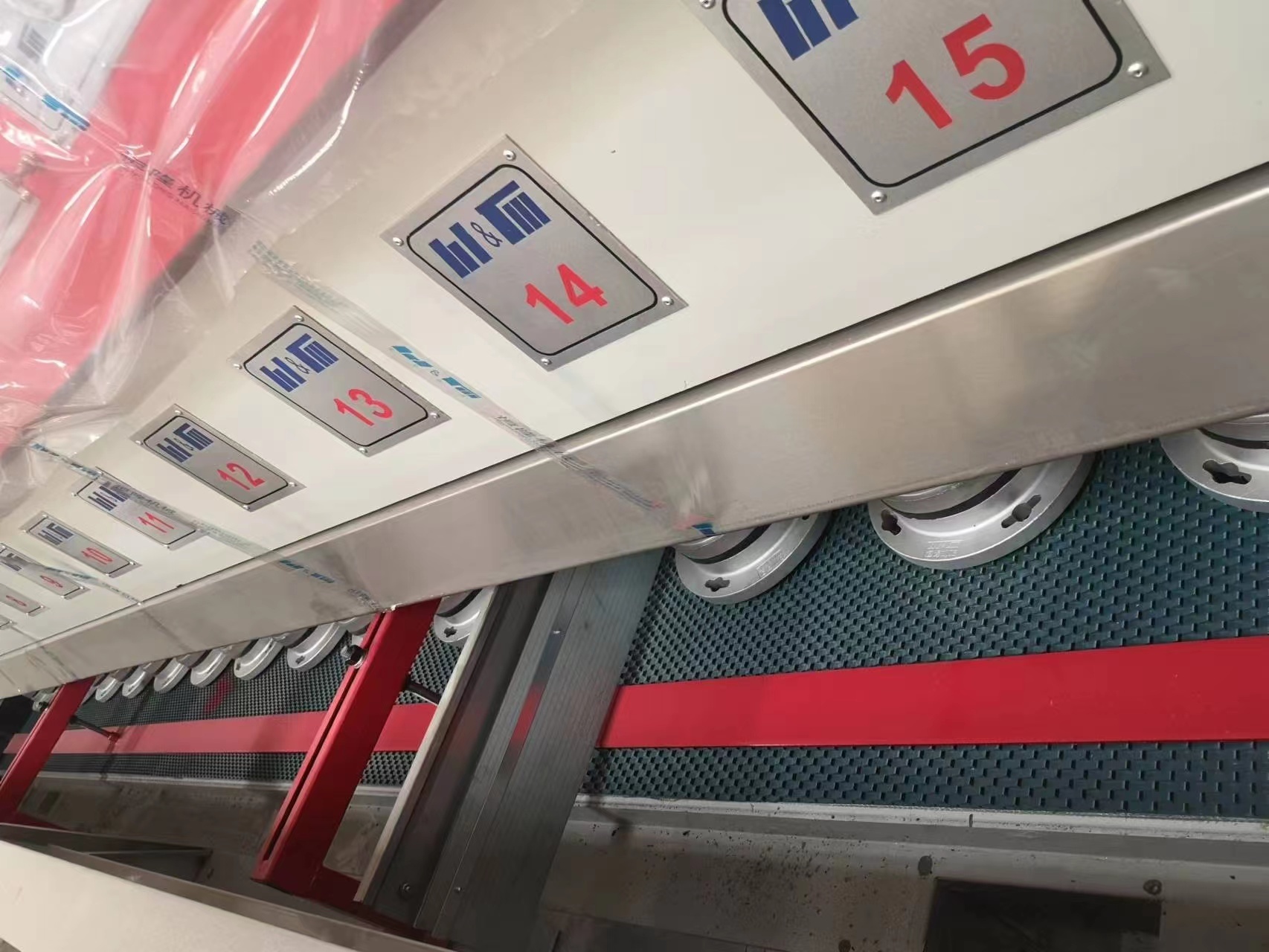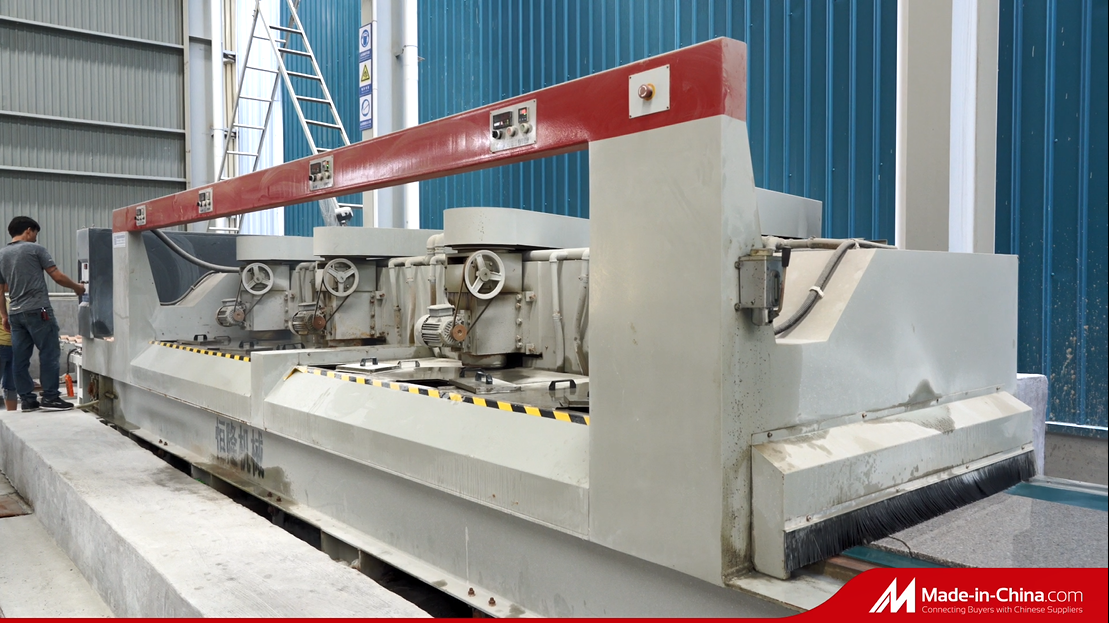Unleashing the Power of Line Polishers: A Comprehensive Guide for Granite and Marble
Time:
Apr 19,2025
Unleashing the Power of Line Polishers: A Comprehensive Guide for Granite and Marble
Table of Contents
- 1. Introduction to Line Polishers
- 2. What is a Line Polisher?
- 3. Benefits of Using Line Polishers for Granite and Marble
- 4. How Line Polishers Work: A Deep Dive
- 5. Choosing the Right Line Polisher for Your Needs
- 6. Operating a Line Polisher: Step-by-Step Guide
- 7. Maintenance and Care for Line Polishers
- 8. Common Issues and Solutions When Using Line Polishers
- 9. Frequently Asked Questions (FAQs)
- 10. Conclusion
1. Introduction to Line Polishers
In the world of natural stone, achieving a pristine finish is essential for both aesthetic appeal and long-term durability. **Line polishers** have emerged as a revolutionary tool within the granite and marble industry, streamlining the polishing process and delivering exceptional results. Unlike traditional polishing methods, line polishers are designed for efficiency, precision, and consistency, making them an invaluable asset for professionals and hobbyists alike.
This comprehensive guide will delve into the intricacies of line polishers, exploring their features, benefits, and best practices to help you master the art of stone polishing.
2. What is a Line Polisher?
A line polisher is a specialized machine designed to polish large slabs of stone, such as granite and marble. These machines are equipped with multiple polishing heads that work in unison to buff the surface of the stone, removing scratches and imperfections while enhancing its natural beauty.
**Line polishers** typically operate on a conveyor system, allowing for continuous movement of the stone slab while the polishing heads apply varying degrees of pressure and speed. This design not only expedites the polishing process but also ensures a uniform finish across the entire surface.
3. Benefits of Using Line Polishers for Granite and Marble
The use of line polishers in granite and marble fabrication offers numerous benefits:
3.1 Enhanced Efficiency
Time is money in the stone fabrication industry. Line polishers significantly reduce the amount of time required to achieve a high-quality finish. With the ability to polish multiple slabs simultaneously, these machines streamline workflow and increase productivity.
3.2 Consistent Quality
One of the standout features of line polishers is their ability to deliver consistent results across various types of stone. The automated process ensures that every slab receives the same level of polishing, minimizing the risk of human error that often occurs with manual methods.
3.3 Versatility
Line polishers are not limited to just one type of stone. They can be utilized on various materials such as granite, marble, quartz, and even engineered stones. This versatility makes them a valuable addition to any workshop or fabrication facility.
3.4 Reduced Labor Costs
By automating the polishing process, businesses can save on labor costs. Fewer workers are needed to operate the machine, allowing companies to allocate resources more efficiently.
4. How Line Polishers Work: A Deep Dive
Understanding how line polishers operate is crucial for effective use and maintenance. Here’s a breakdown of their functionality:
4.1 The Mechanics of Line Polishers
Line polishers consist of a series of polishing heads that rotate and oscillate to polish the surface of the stone. The machine’s conveyor belt moves the slab forward, allowing each polishing head to make contact with the surface in a controlled manner.
4.2 Types of Polishing Heads
Different polishing heads are used for various stages of the polishing process. For example, rough grinding heads are employed initially to remove major imperfections, followed by finer heads that provide a smooth finish. Understanding these stages is vital for achieving desired results.
4.3 Control Systems
Modern line polishers come equipped with advanced control systems that allow operators to adjust speed, pressure, and polishing techniques based on the specific type of stone being processed. This adaptability is key to obtaining optimal results.
5. Choosing the Right Line Polisher for Your Needs
Selecting the appropriate line polisher involves considering several factors:
5.1 Size and Capacity
The dimensions of the machine should match the size of the slabs you typically work with. Larger machines can accommodate bigger slabs but may require more space in your workshop.
5.2 Power and Speed
Different line polishers come with varying motor power and speed settings. Choose a model that offers sufficient power for the materials you work with while allowing for adjustable speed based on the polishing stage.
5.3 Brand Reputation and Support
Investing in a line polisher from a reputable brand ensures access to better customer service, warranties, and replacement parts. Research different brands and read customer reviews to make an informed choice.
6. Operating a Line Polisher: Step-by-Step Guide
To maximize the effectiveness of your line polisher, follow these operational guidelines:
6.1 Preparation
Before beginning the polishing process, ensure that the slab is clean and free from debris. Any particles left on the surface can cause scratches during polishing.
6.2 Set Up the Machine
Adjust the machine settings based on the type of stone and the desired finish. Ensure that the polishing heads are installed correctly and that they are clean.
6.3 Start the Polishing Process
Begin the machine and monitor its operation closely. Make adjustments as necessary, particularly when switching between different polishing heads.
6.4 Regularly Check Progress
Periodically stop the machine to inspect the slab’s surface. This allows you to assess the effectiveness of the polishing heads and make necessary adjustments to achieve the desired finish.
6.5 Final Inspection and Cleaning
Once polishing is complete, conduct a final inspection to ensure an even finish. Clean the slab with a suitable cleaning solution to remove any residual dust or polish.
7. Maintenance and Care for Line Polishers
Proper maintenance of your line polisher is essential to prolong its lifespan and ensure optimal performance:
7.1 Regular Cleaning
Debris and dust can accumulate on the machine over time. Regular cleaning helps to prevent damage and maintain efficient operation. Use a soft cloth and appropriate cleaning solutions to wipe down the machine.
7.2 Inspecting Polishing Heads
Regularly inspect the polishing heads for wear and tear. Replace any damaged or worn heads promptly to prevent subpar polishing results.
7.3 Lubrication
Ensure that all moving parts are adequately lubricated according to the manufacturer’s guidelines. This helps to reduce friction and wear, keeping the machine running smoothly.
8. Common Issues and Solutions When Using Line Polishers
While line polishers are generally reliable, users may encounter some common challenges:
8.1 Uneven Polishing
If you notice uneven polishing, it may be due to incorrect speed settings or worn polishing heads. Adjust the settings and inspect the heads for damage.
8.2 Overheating
Overheating can occur if the machine is overworked or not adequately cooled. Allow the machine to rest periodically and ensure that ventilation is sufficient.
8.3 Dust Accumulation
Dust accumulation can affect visibility and performance. Regularly clean the work area and the machine to minimize this issue.
9. Frequently Asked Questions (FAQs)
9.1 What types of materials can be polished with line polishers?
Line polishers are suitable for various materials, including granite, marble, quartz, and engineered stones.
9.2 How do I maintain my line polisher?
Regular cleaning, inspecting polishing heads, and lubricating moving parts are essential for maintaining a line polisher.
9.3 Can I use a line polisher for DIY projects?
Yes, line polishers can be used for DIY projects, but it's essential to understand the operating principles and safety guidelines.
9.4 What is the average lifespan of a line polisher?
With proper maintenance, a line polisher can last many years, often exceeding a decade of reliable service.
9.5 Are there any safety precautions I should take when using a line polisher?
Always wear appropriate safety gear, including goggles and gloves, and ensure the work area is well-ventilated. Follow the manufacturer’s safety recommendations.
10. Conclusion
Line polishers are a game-changer in the granite and marble industry, offering unparalleled efficiency and consistency in achieving flawless finishes. By understanding their mechanics, benefits, and best practices, you can harness the full potential of these powerful tools. Whether you're a seasoned professional or a DIY enthusiast, mastering the use of line polishers will elevate your stone polishing projects to new heights. Investing in quality equipment and adhering to maintenance best practices will ensure that your line polisher serves you well for years to come. Embrace the power of line polishers and transform your approach to granite and marble finishing.









